The Cold War
Espionage

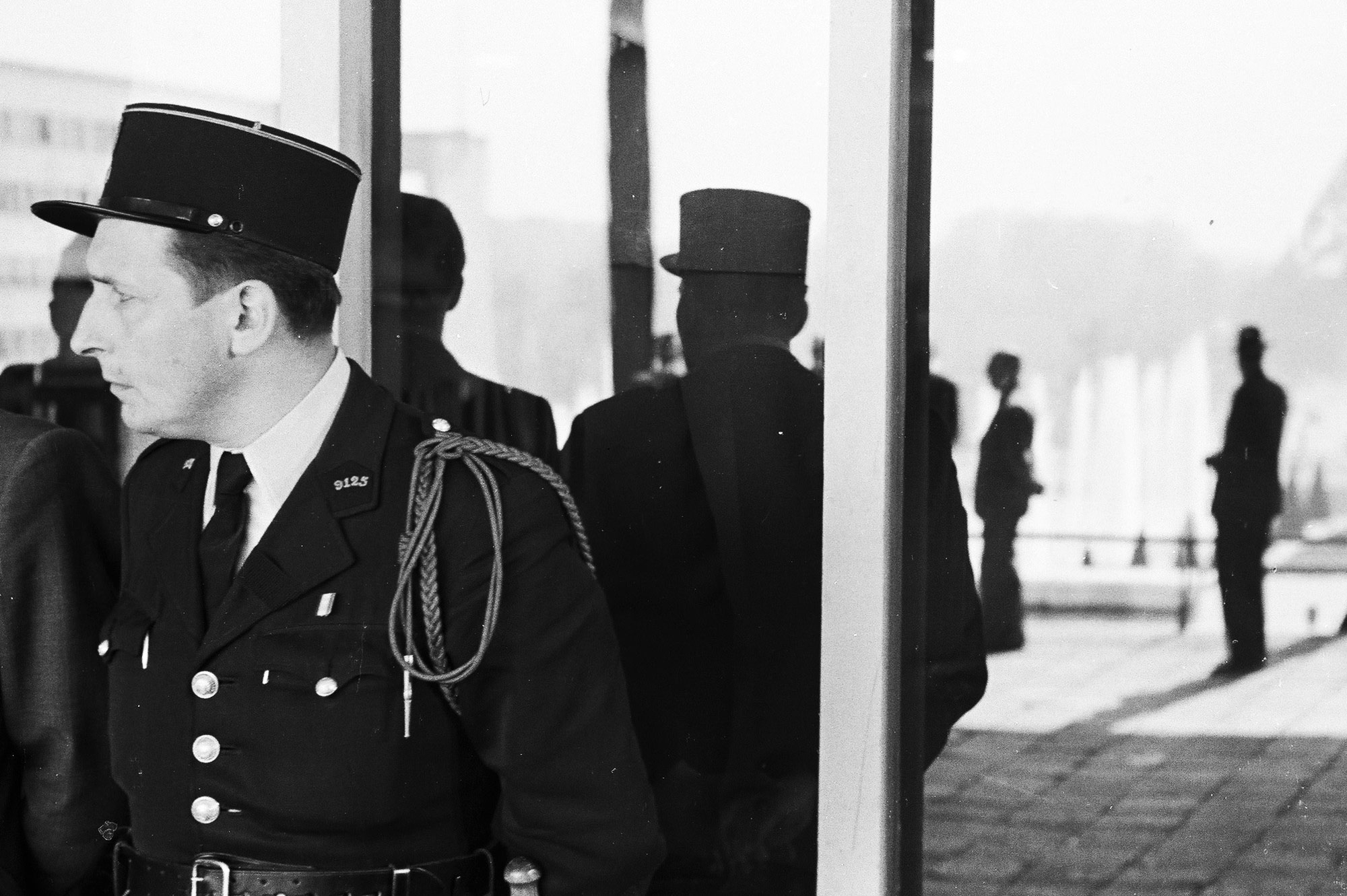
Responsibility for the security of the Organization passed from Scotland Yard to the Parisian police.
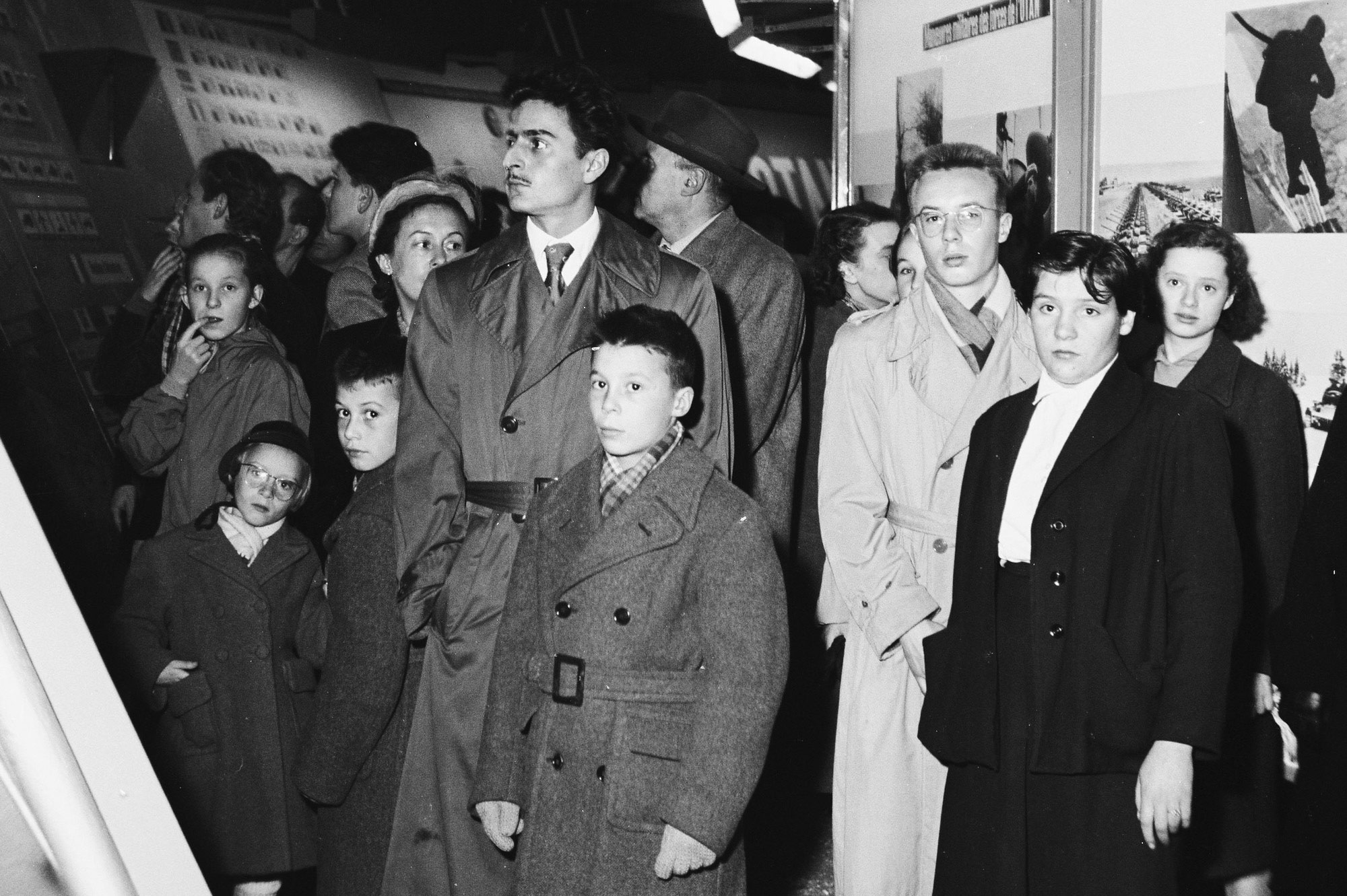
In 1952, the French Communist Party had around 600,000 members and attracted more than 5,000,000 voters, whereas there were very few communists in the United Kingdom. It quickly became apparent that new rules and strengthened security measures would be required. Parisians visit the first NATO exhibition at the Palais de Chaillot (1952-1954)
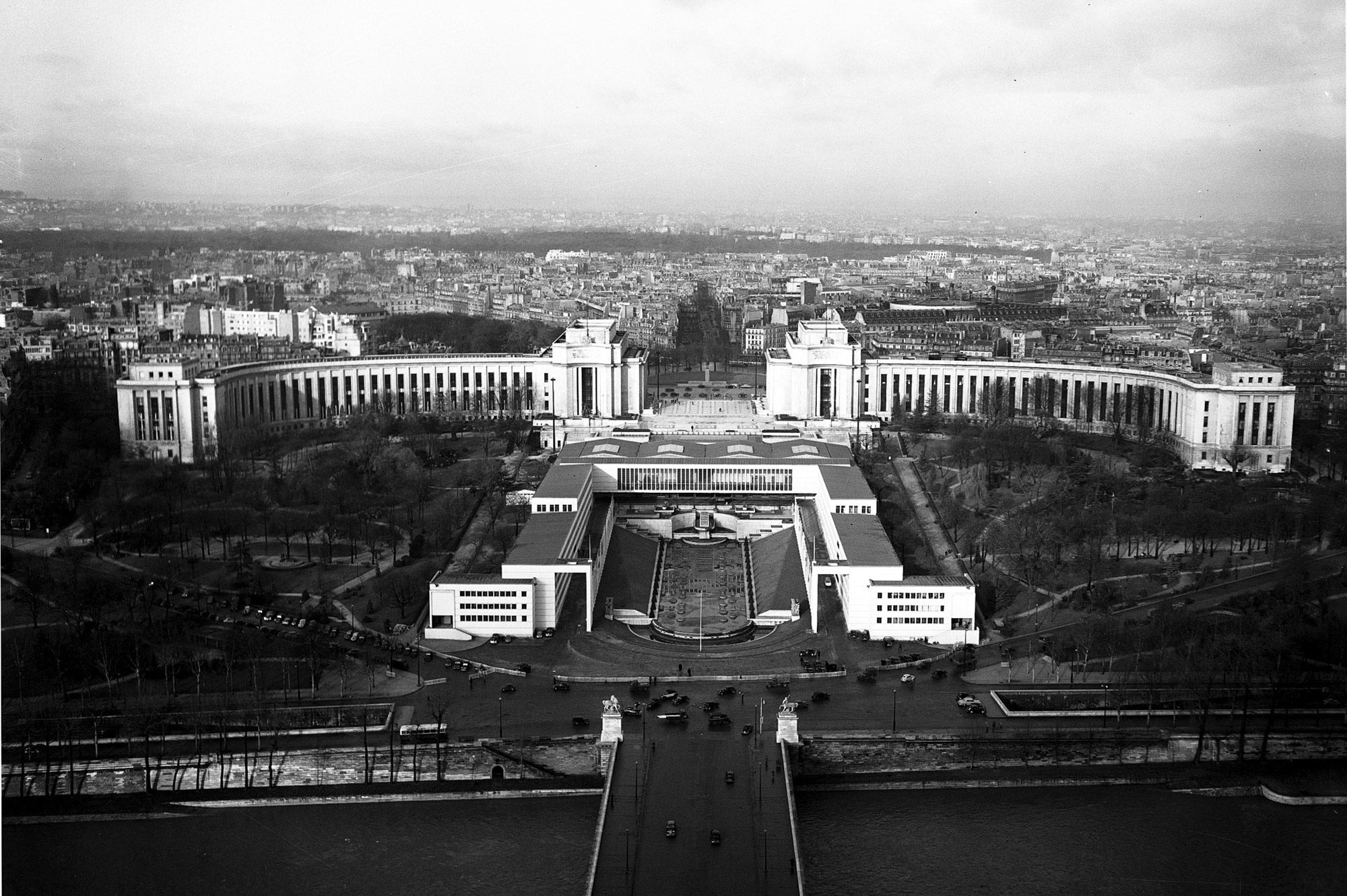
The Palais de Chaillot had a direct line to the police station in Paris’ 16th arrondissement. The police were alerted by means of a special telephone: picking up the receiver immediately triggered an alarm and police intervention. However, there were many false alarms, probably because the telephone was lightweight and very sensitive, so it was replaced with a pedal under the guard’s desk.

To protect its secret documents at the Palais de Chaillot, NATO ordered a five-storey-high safe, equipped with a lift. This allowed documents to travel between floors without having to be transported across the entire headquarters by security guards. Classified documents were still transported under permanent surveillance.
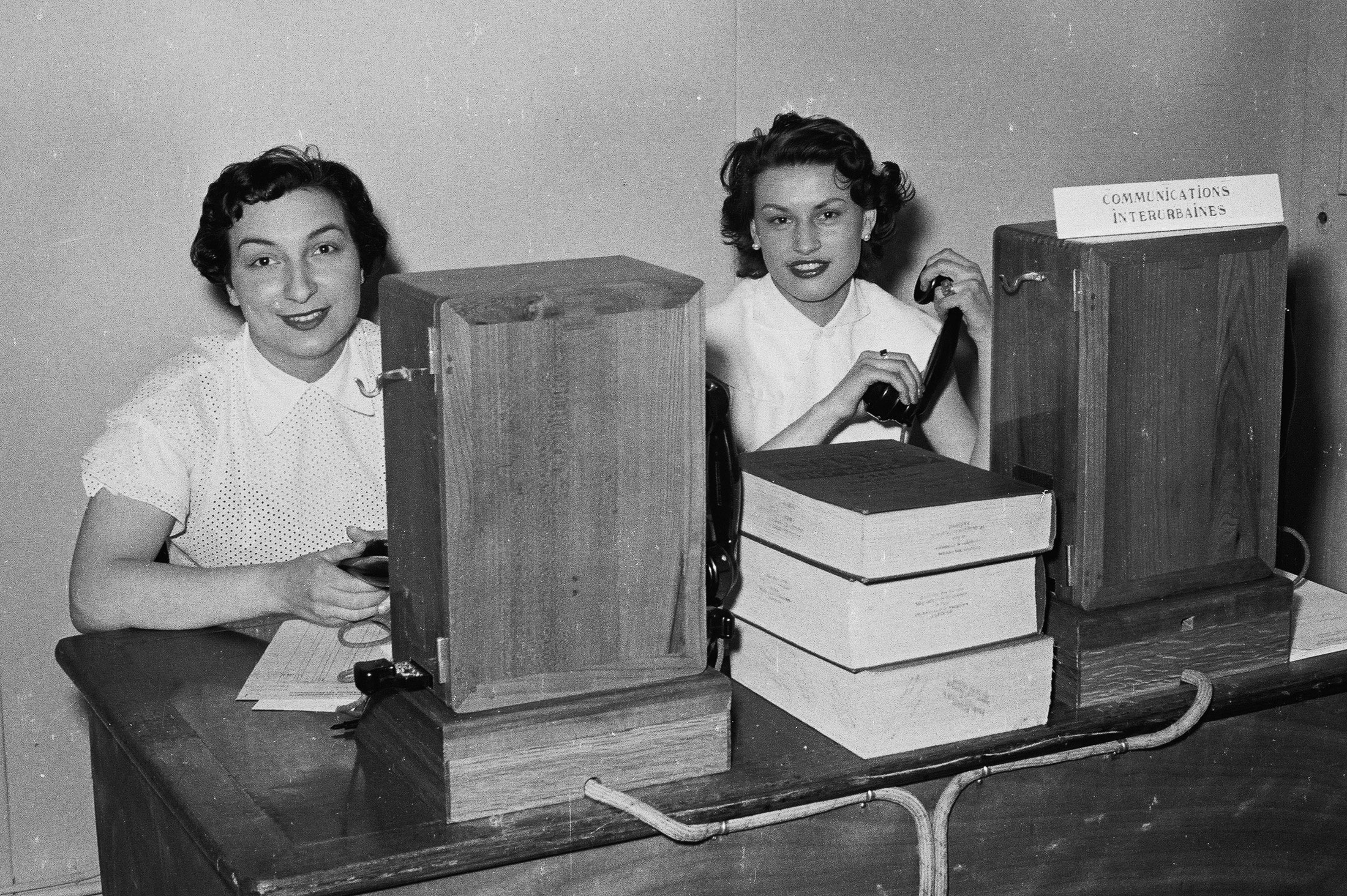
France issued security clearances for French employees, and the other NATO member countries provided clearances for their citizens working at the Organization. To this day, security clearance allows NATO employees access to classified documents.
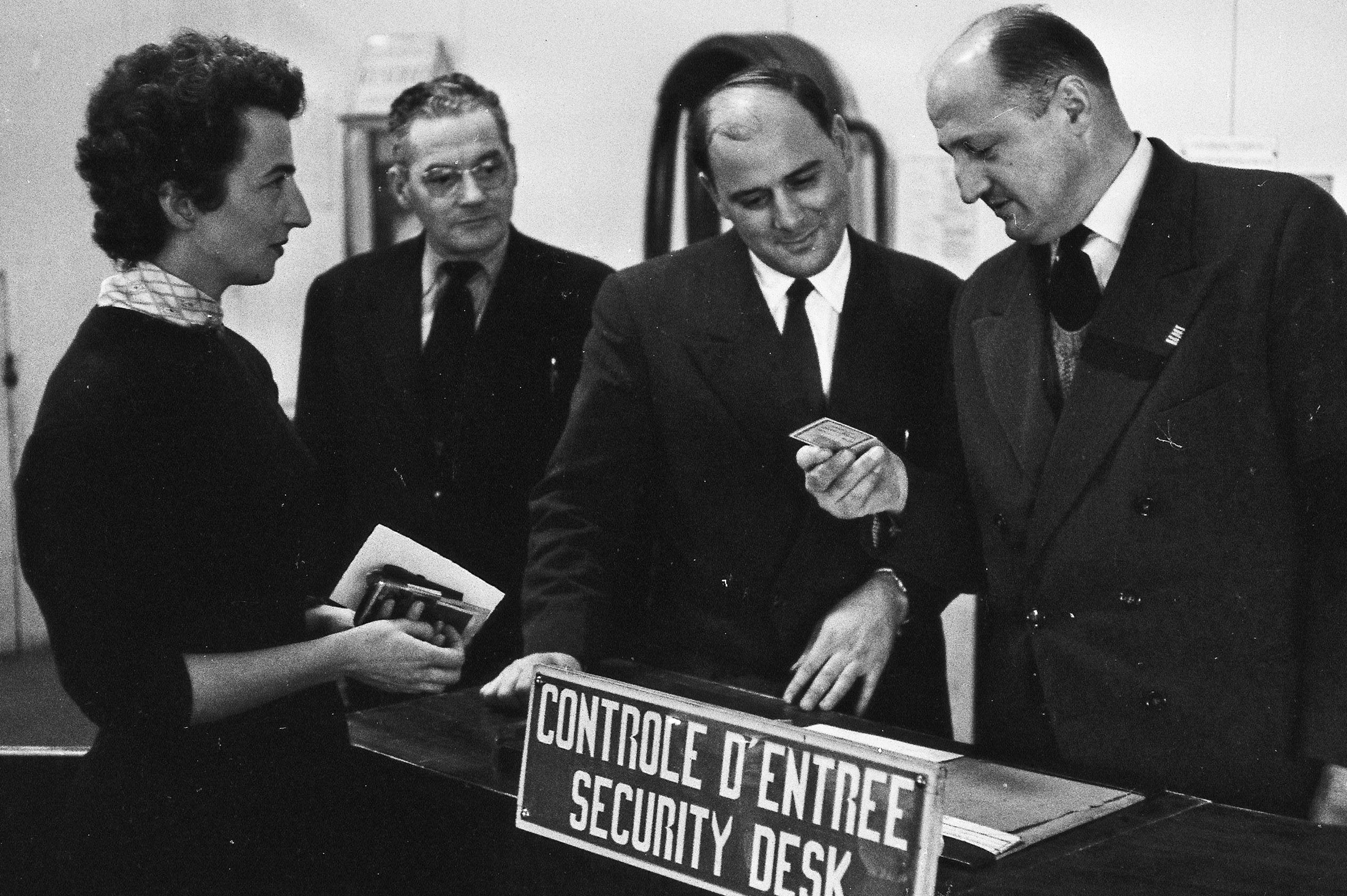
At the entrances to the Organization and certain conference rooms, staff had to identify themselves by presenting their passes.
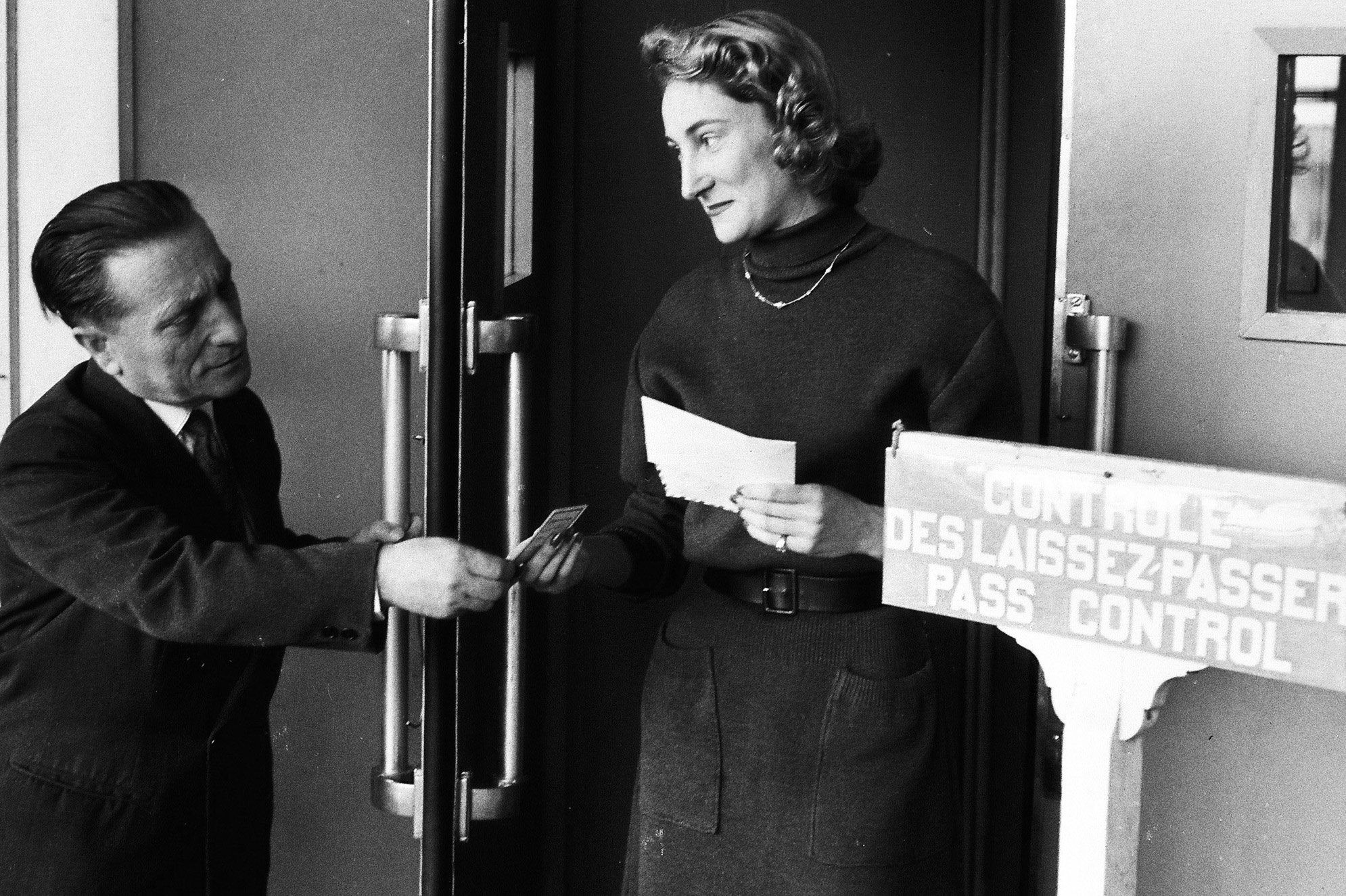
Pass control in a conference room.
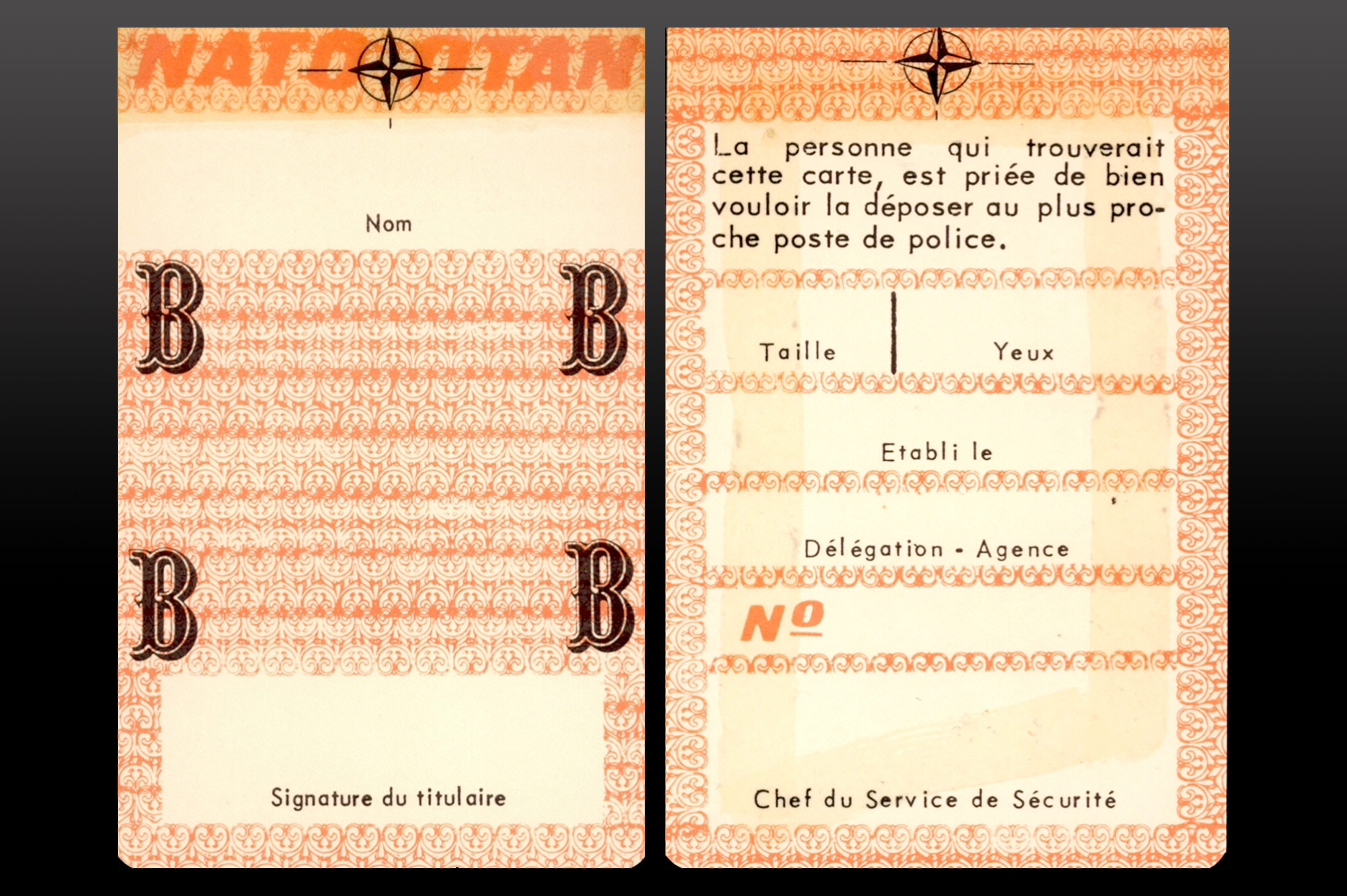
The first NATO passes indicated the name and surname of the holder, as well as their height and eye colour.
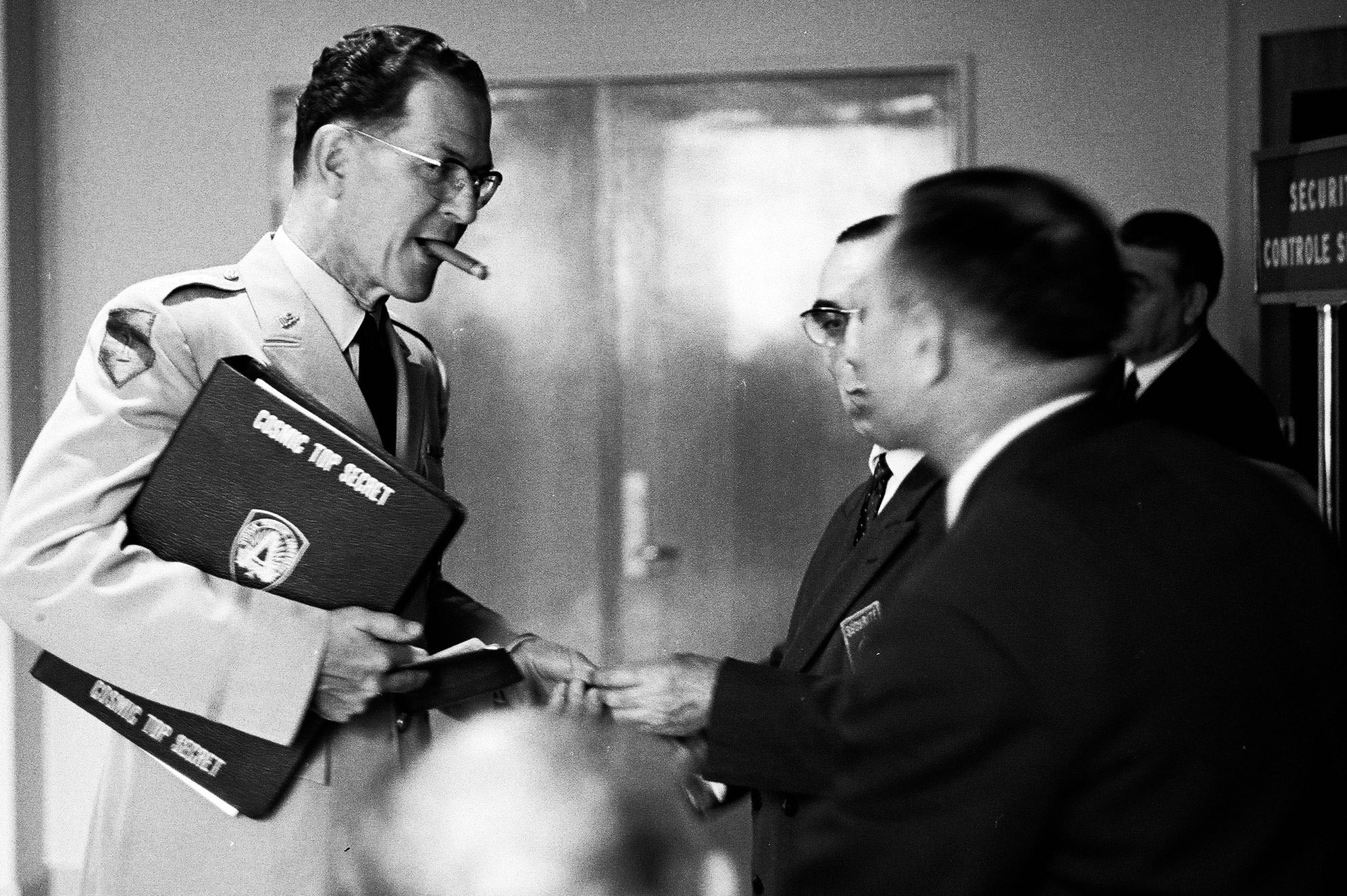
Document classifications ranged from Restricted to Cosmic Top Secret.
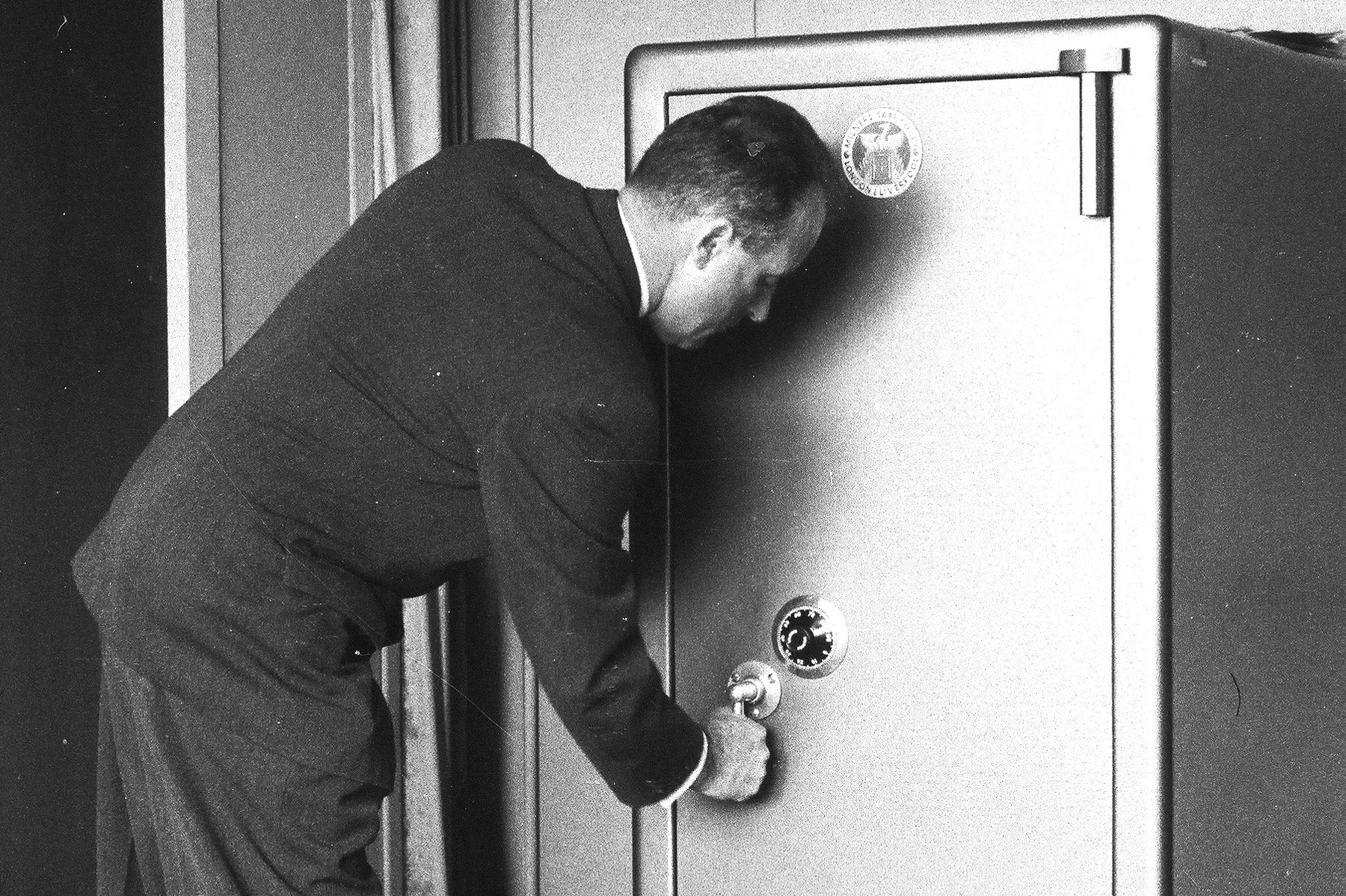
At the end of the day, each employee was supposed to take classified documents to the main safe in the Palais de Chaillot. Later, at the Porte Dauphine headquarters, they had to lock classified documents in their own safe.
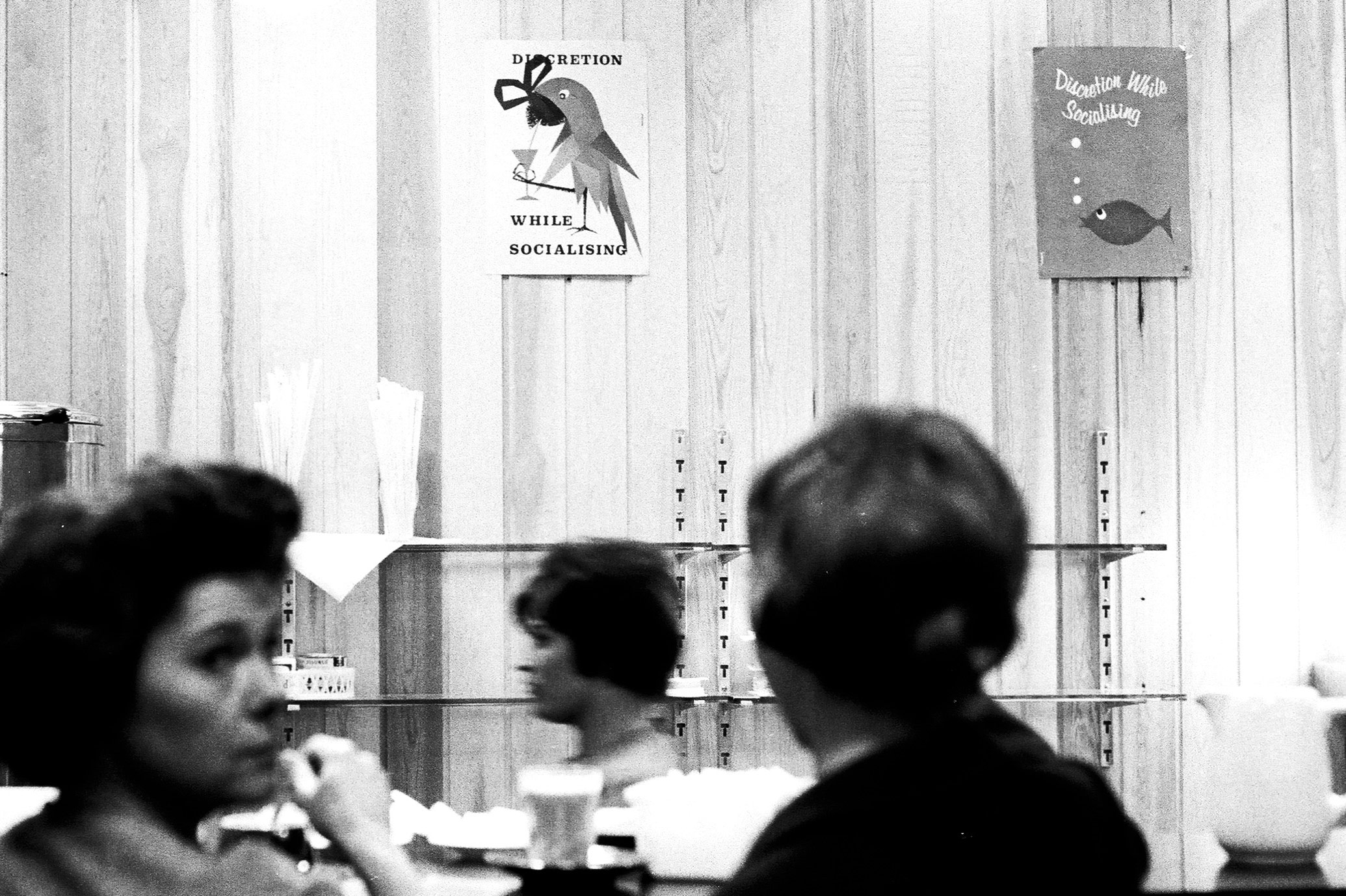
Security notices posted in the corridors of the headquarters reminded staff to be discreet.
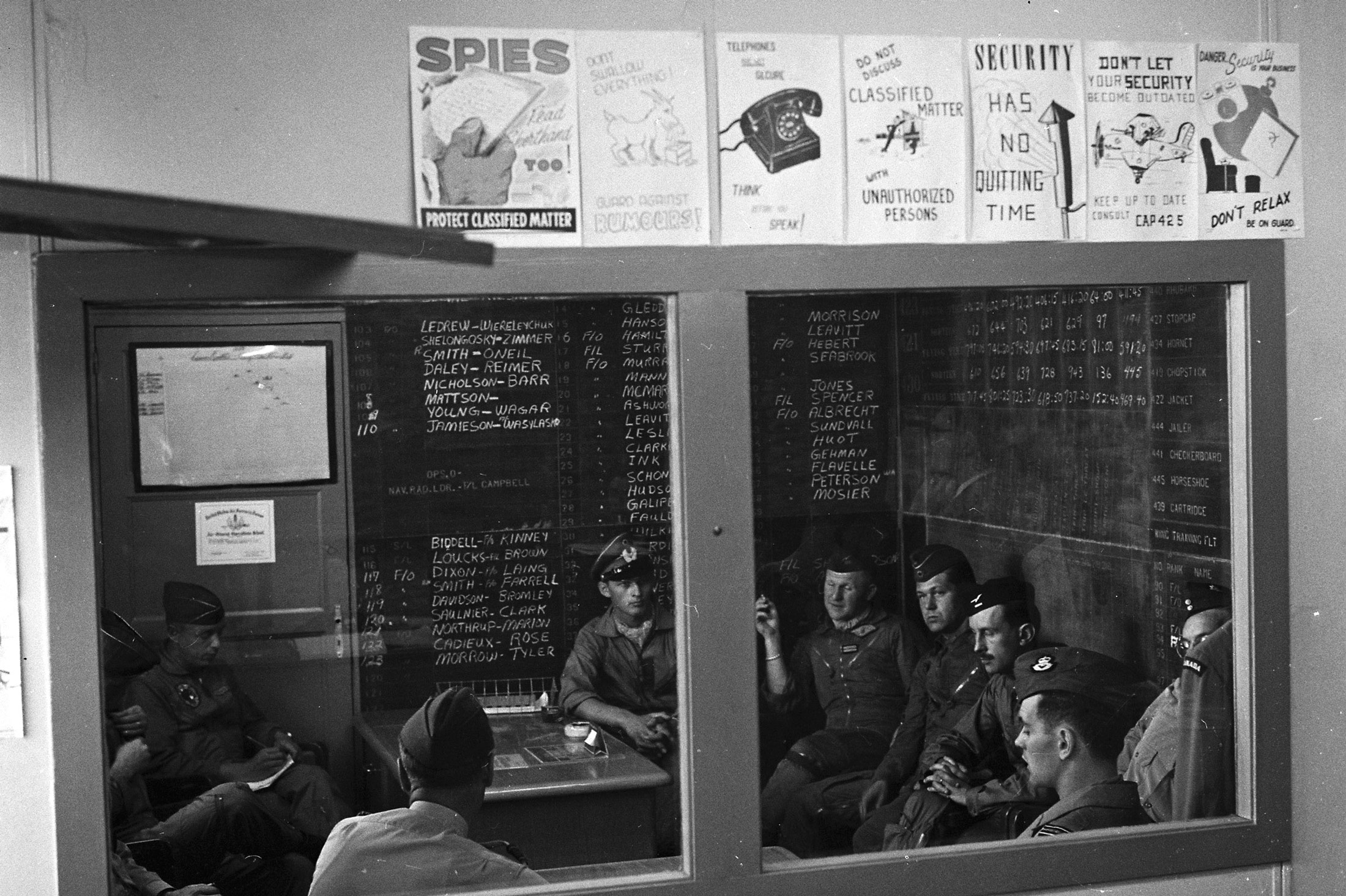
Posters encouraging vigilance displayed in a NATO airbase.
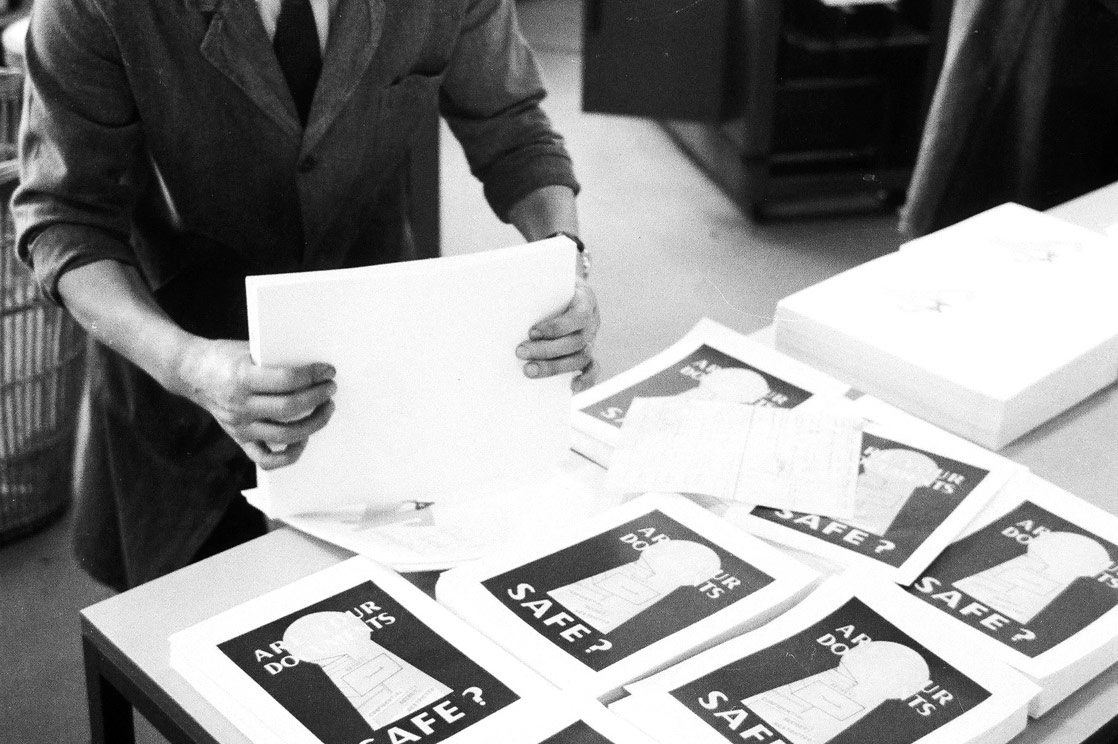
“Are your documents safe?” Printing out a security poster.
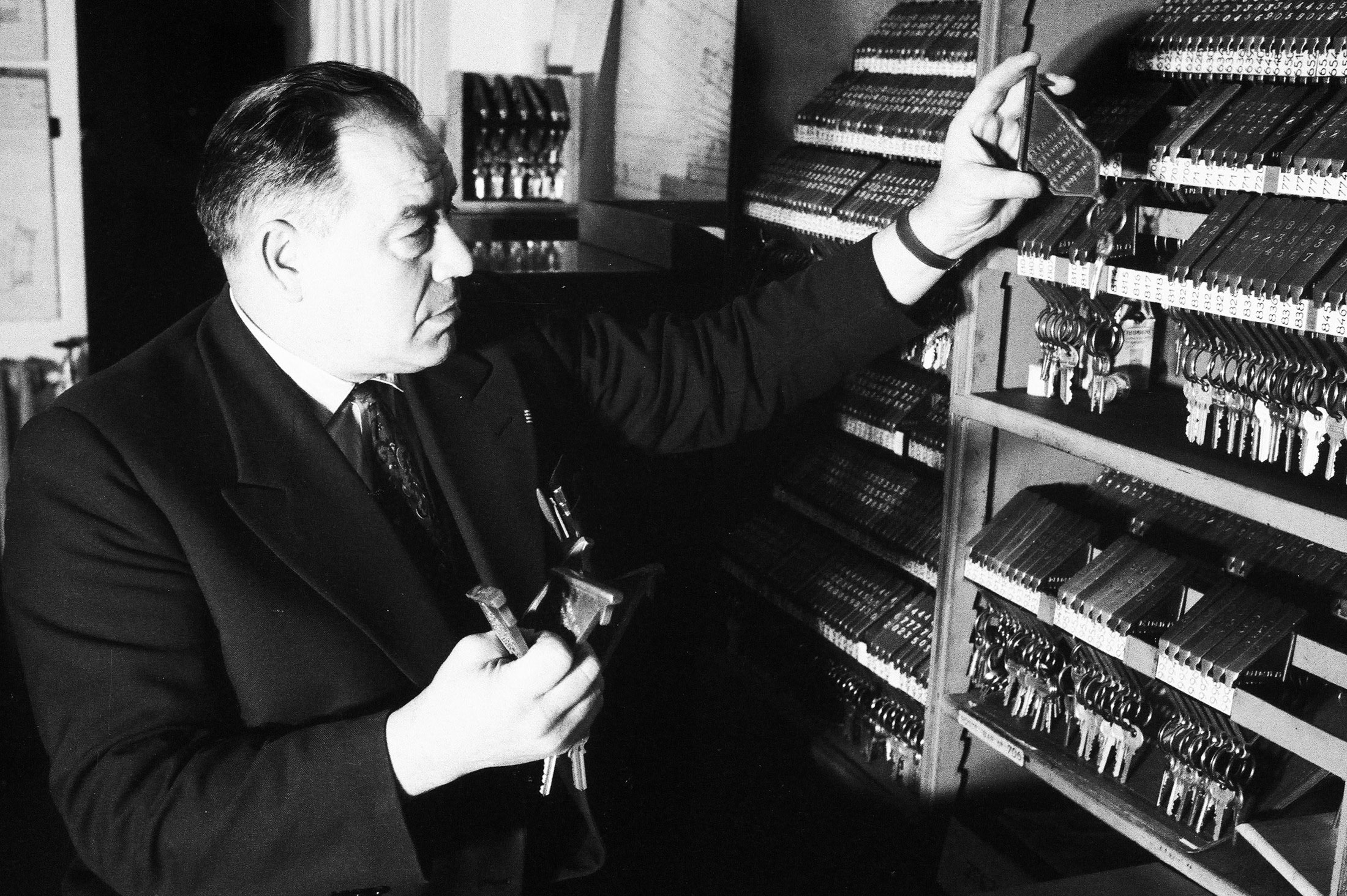
To get their office key, staff members had to go to the key service and sign a document confirming receipt. At the end of their contract, or if they moved to another division of the Organization, staff members had to return the document and their key to the key service.

Cleaning staff also had security clearances, but security guards still accompanied them as they worked.
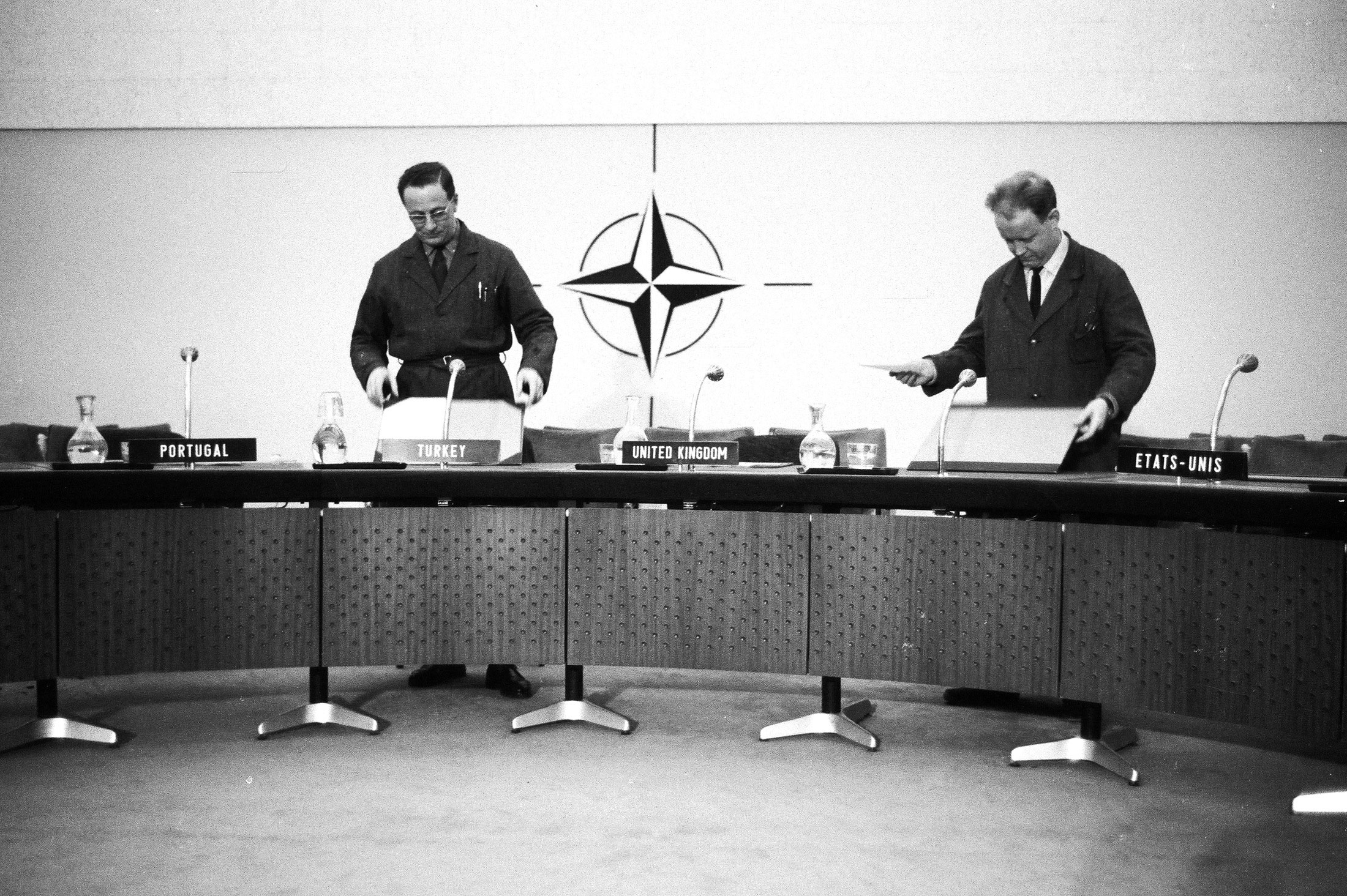
Destruction of classified documents was strictly regulated. Security officers doing their nightly rounds checked that no classified documents had been left behind in offices or meeting rooms.
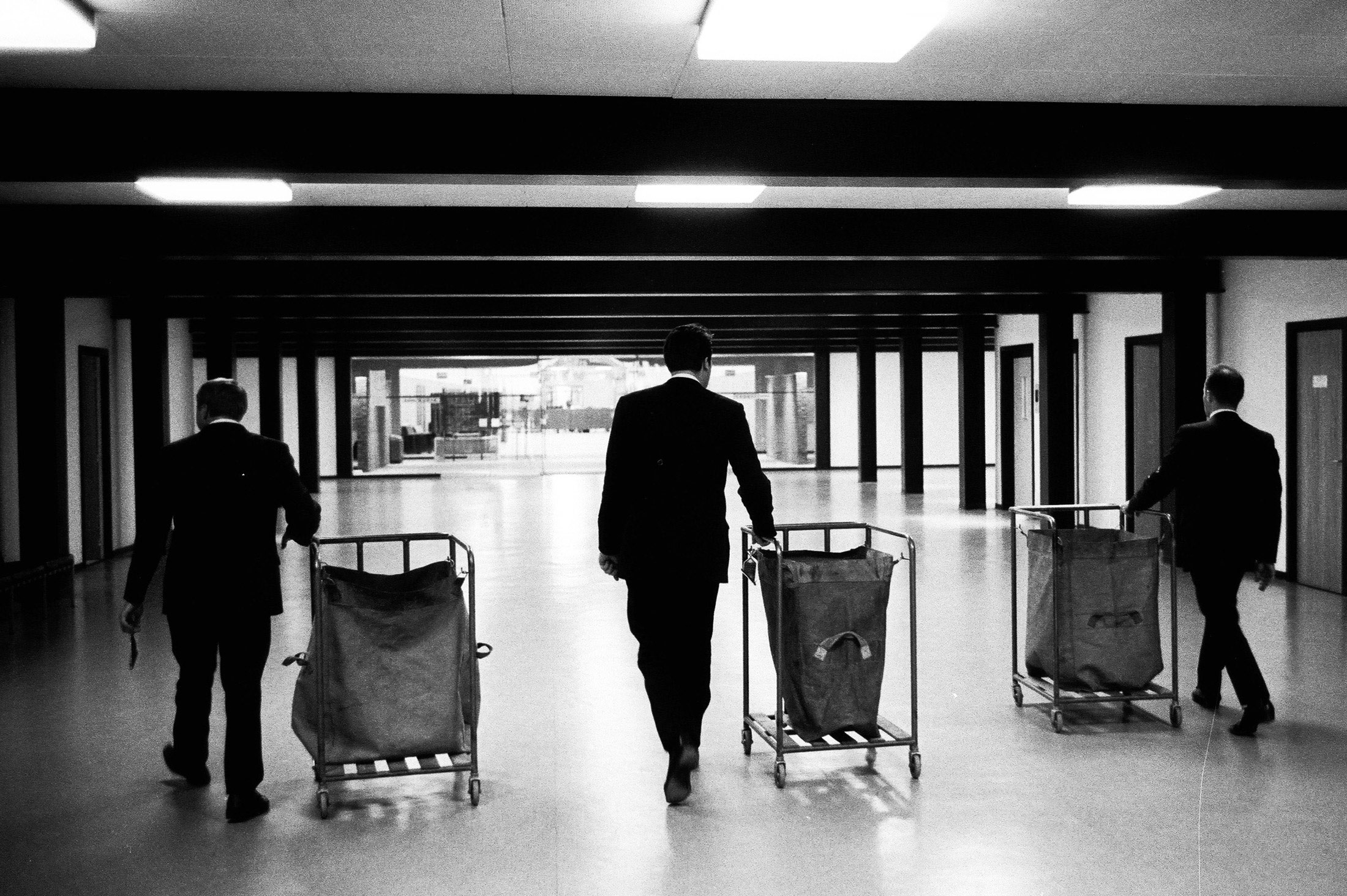
Security guards collecting classified documents for destruction.
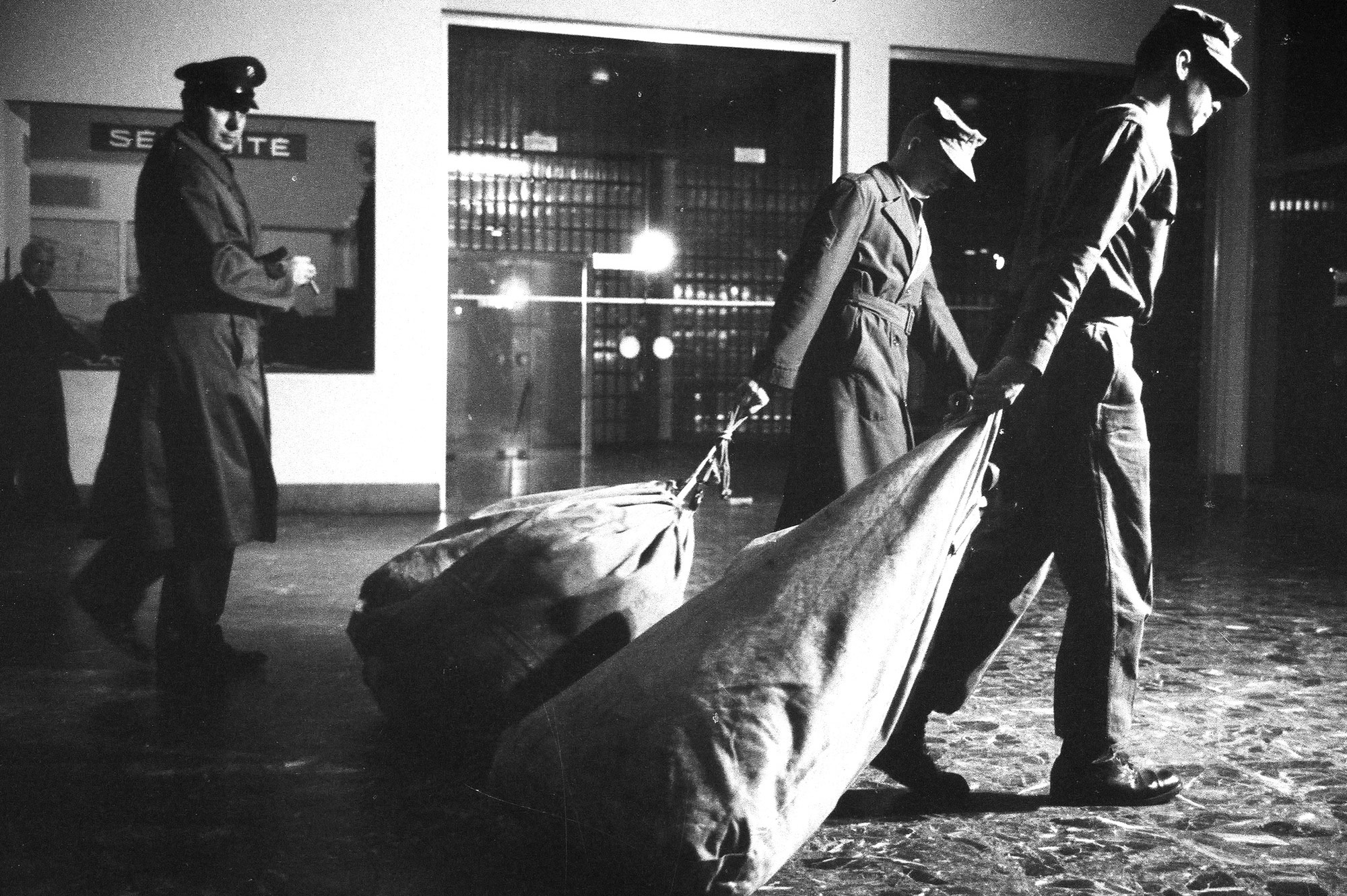
Documents being taken outside the Organization for destruction, with a security escort.
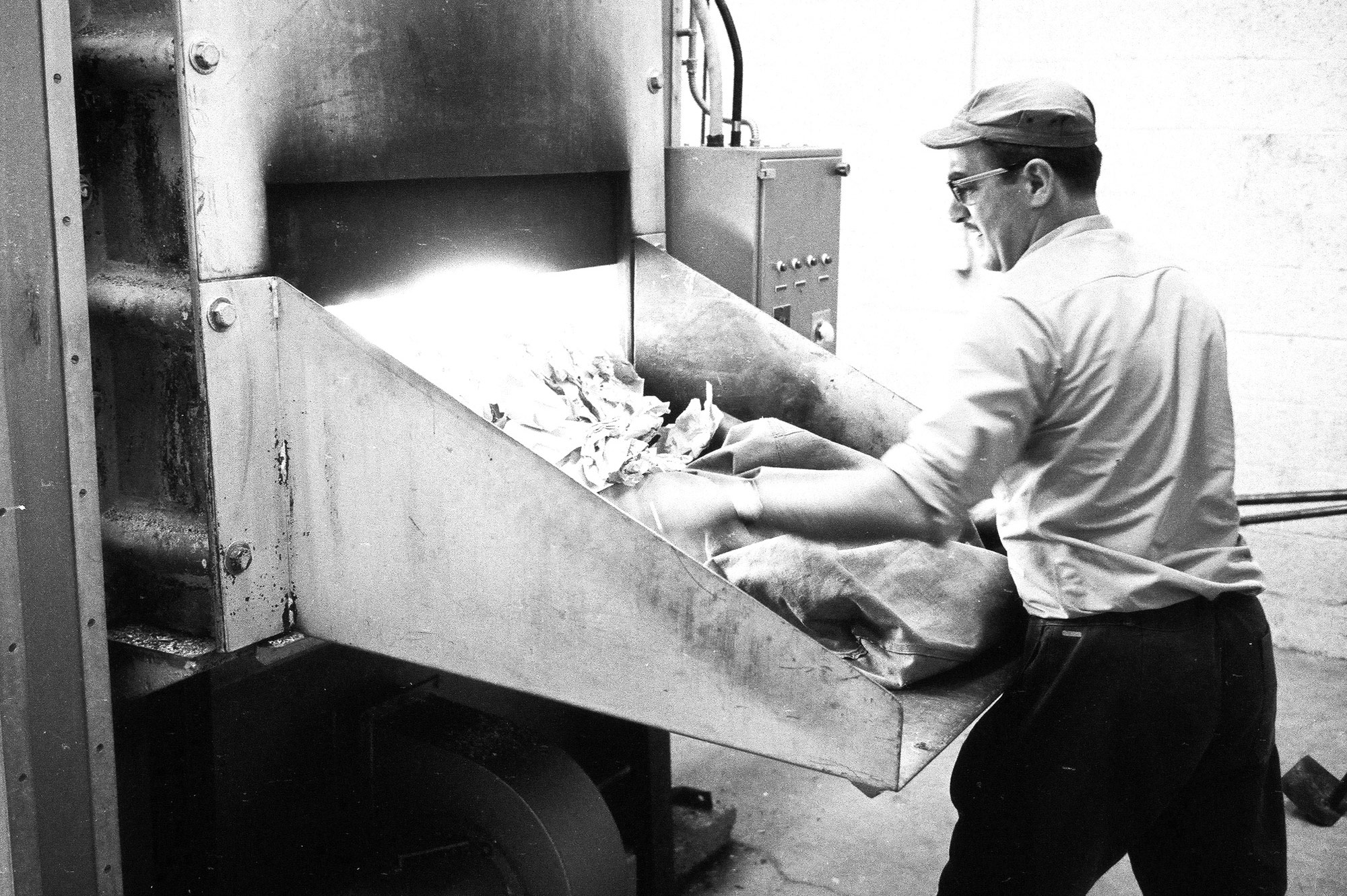
Incineration is done under the watchful eye of the security guards, who ensure that the classified documents are completely destroyed.
